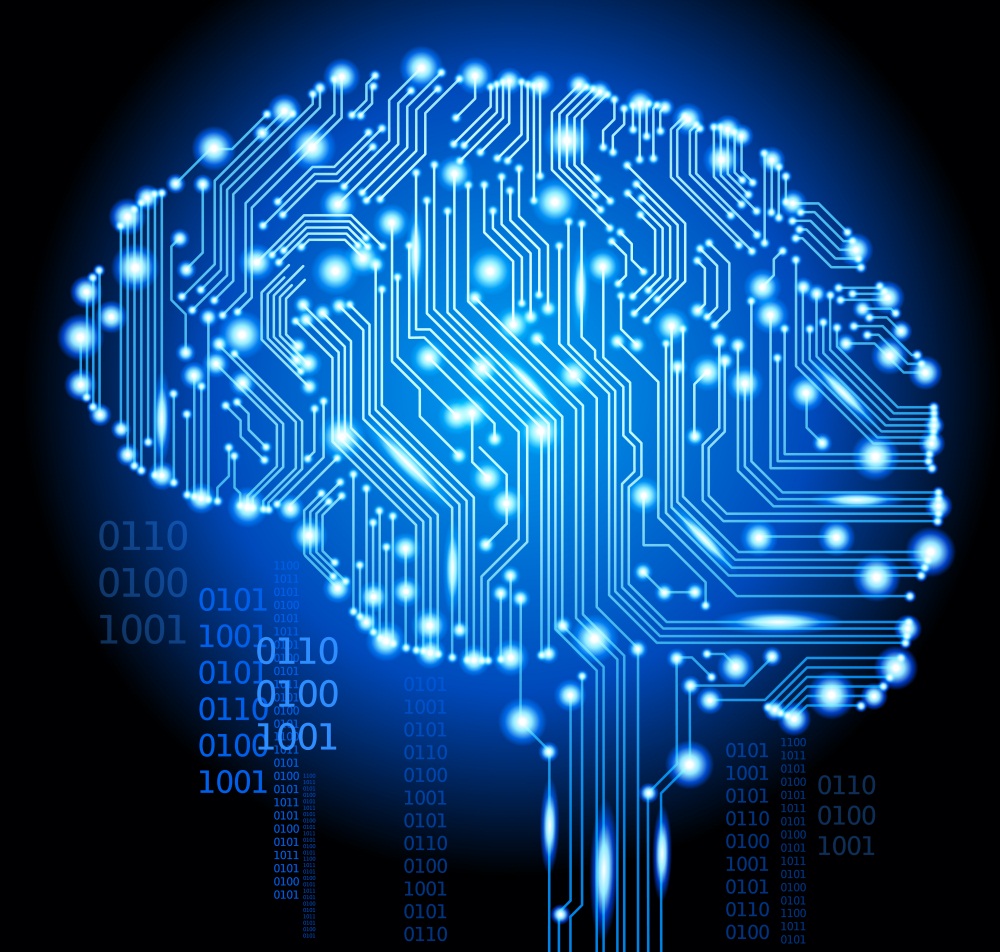In what marks a significant step forward for artificial intelligence, researchers at America's University of California Santa Barbara have demonstrated the functionality of a simple artificial neural circuit. For the first time, a circuit of about 100 artificial synapses was proved to perform a simple version of a typical human task: image classification.
“It’s a small, but important step,” said Dmitri Strukov, a professor of electrical and computer engineering, Associated Press reported. With time and further progress, the circuitry may eventually be expanded and scaled to approach something like the human brain’s, which has one quadrillion synaptic connections.
The brain can accomplish certain functions much faster and efficiently than computers. For example, as you read this, your brain is making countless split-second decisions about the letters and symbols you see, classifying their shapes and relative positions to each other and deriving different levels of meaning through many channels of context, in as little time as it takes you to scan over this print. Change the font, or even the orientation of the letters, and it’s likely you would still be able to read this and derive the same meaning. The new circuit was able to successfully classify three letters (“z”, “v,” and “n”) by their images, each letter stylized in different ways or saturated with noise. In a process similar to how we pick our friends out from a crowd, the simple neural circuitry was able to correctly classify the simple images.
The Key Component: A ‘Memristor’
Key to this technology is the "memristor" (a combination of “memory” and “resistor”), an electronic component whose resistance changes depending on the direction of the flow of the electrical charge. Unlike conventional transistors, which rely on the drift and diffusion of electrons and their holes through semiconducting material, memristor operation is based on ionic movement, similar to the way human neural cells generate neural electrical signals. “The memory state is stored as a specific concentration profile of defects that can be moved back and forth within the memristor,” said Strukov. The ionic memory mechanism brings several advantages over purely electron-based memories, which makes it very attractive for artificial neural network implementation, he added. "Classical computers will always find an ineluctable limit to efficient brain-like computation in their very architecture,” said lead researcher Prezioso. “This memristor-based technology relies on a completely different way inspired by biological brain to carry on computation.” In order to approach functionality of the human brain, however, many more memristors would be required to build more complex neural networks to do the same kinds of things we can do with barely any effort and energy, such as identify different versions of the same thing or infer the presence or identity of an object not based on the object itself but on other things in a scene.
Potential applications such as medical imaging, the improvement of navigation systems or even for searches based on images rather than on text already exist for this emerging technology. The energy-efficient compact circuitry the researchers are striving to create would also go a long way toward creating high-performance computers and memory storage devices.
“While the circuit was very small compared to practical networks, it is big enough to prove the concept of practicality,” said Farnood Merrikh-Bayat, the Iranian member of the research group.


